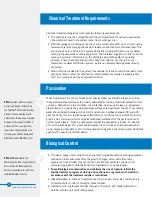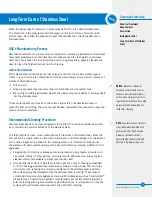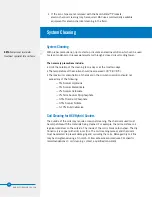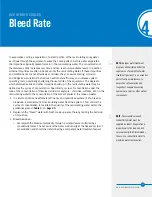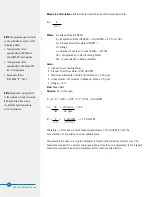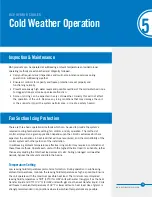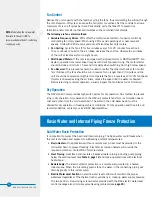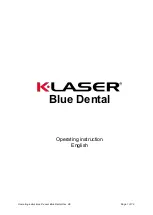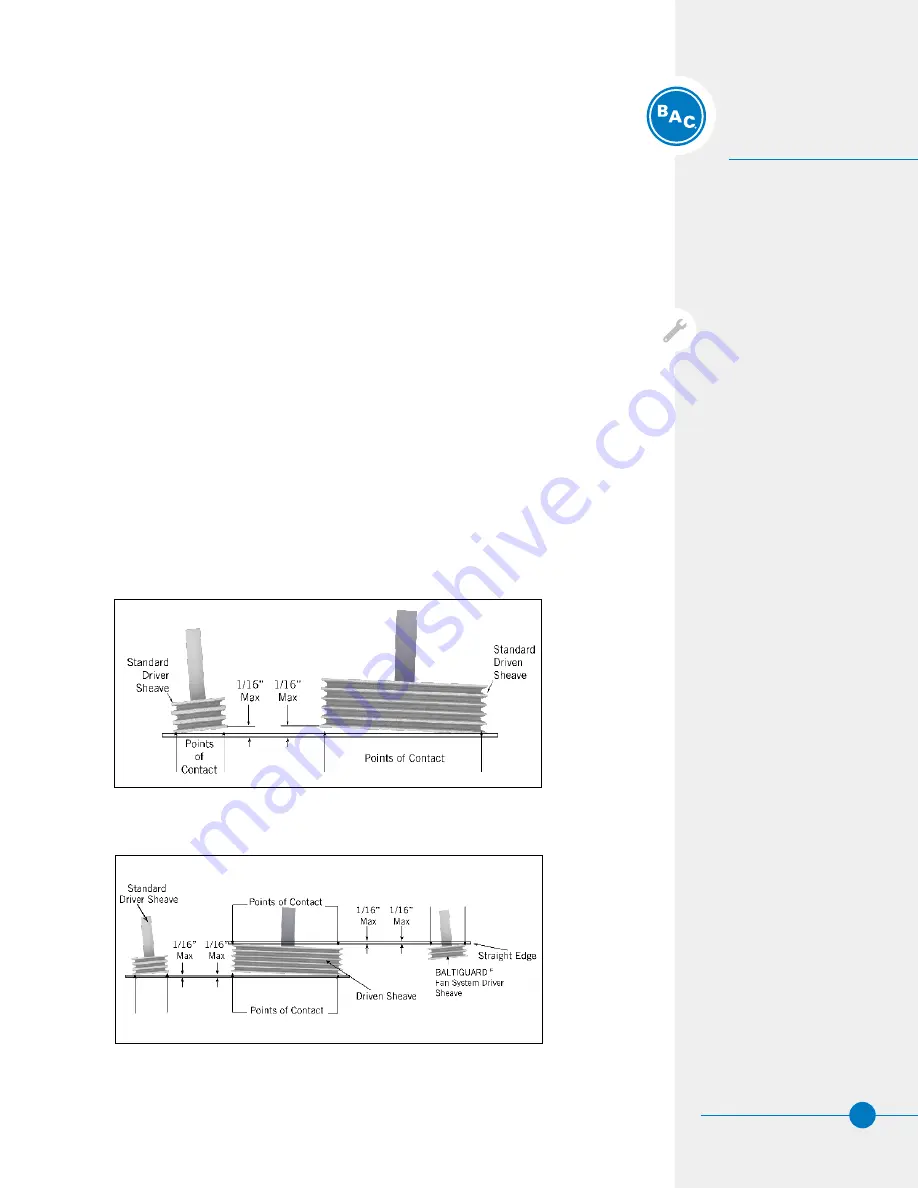
15
15
Detailed Component
Maintenance
Procedures
Fan Drive System
BALTIDRIVE
®
Power Train and
Independent Fan
•
Belt tension check:
– Place a straight edge along the belt from sheave to sheave as shown in
Figure 5a
, or
use a tape measure as shown in
Figure 5b
, to measure belt deflection.
– Apply a moderate force by hand (approximately 40 lbs/275 kPa) evenly across the
width of the belt in the center of the span between the sheaves.
– There is adequate belt tension if the belt deflects between 1/4” and 3/8” as shown
in
Figures 5a
and
5b
.
•
Belt tension adjustment (if required):
– Loosen the lock nut on the motor base adjusting screw.
– Turn the motor base adjusting screw counterclockwise to tension the belt, or
clockwise to relieve belt tension. During adjustment of belt tension, rotate the drives
several times by hand to evenly distribute the tension throughout the belt.
– When the belt is properly tensioned, retighten the locking nut on the motor base
adjusting screw.
•
Drive alignment check and adjustment:
– Check the drive alignment annually to ensure maximum belt life.
– Place a straight edge across the driver and the driven sheaves as shown in Figure 6a
NOTICE:
Ensure the controls for
the fan and pump motors are set
to allow a maximum of six on-off
cycles per hour to prevent motor
overheating.
Figure 6a.
Standard Drive Alignment
for standard drives and in
Figure 6b for the BALTIGUARD™ Fan System.
– There should be no more than 1/16” deviation from four points of contact.
– If realignment is required, loosen the motor sheave and align it with the fan sheave.
Allow 1/4” for draw-up as the bushing screws are retightened.
Figure 6b.
BALTIGUARD™ Fan System Drive Alignment
























